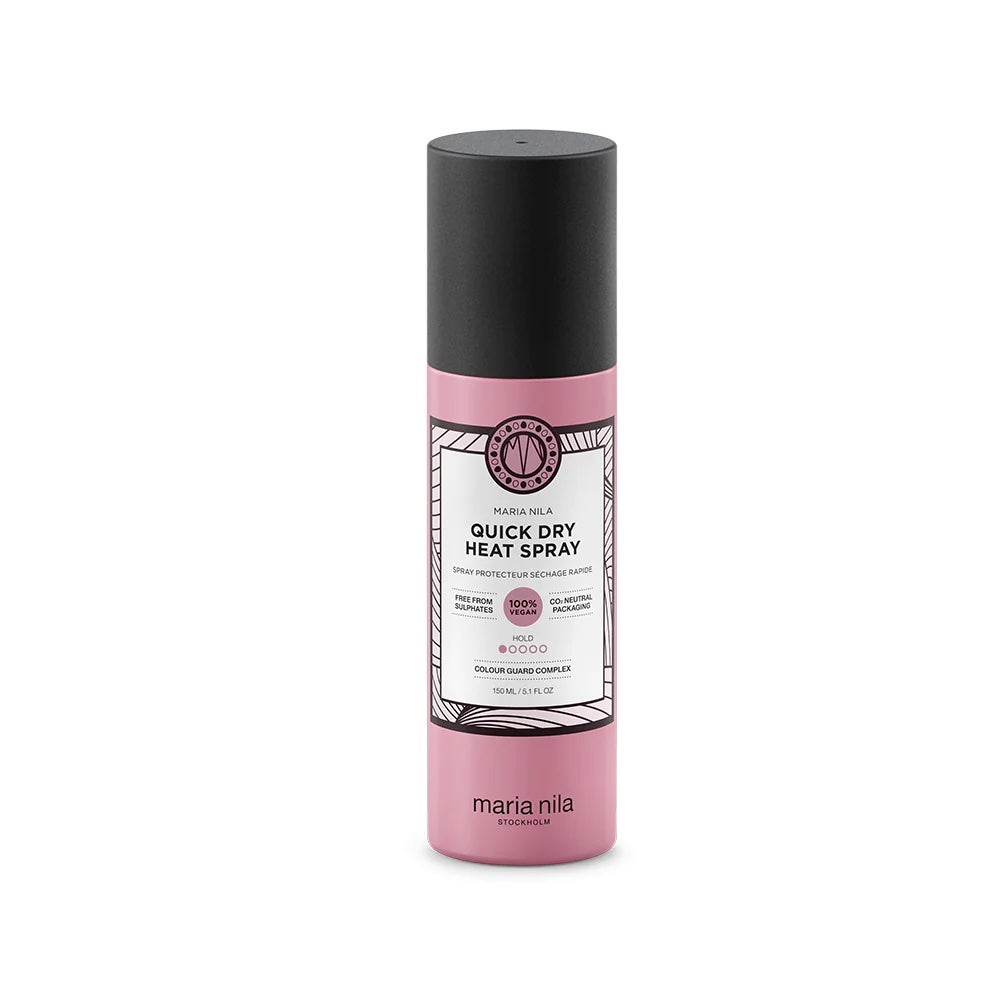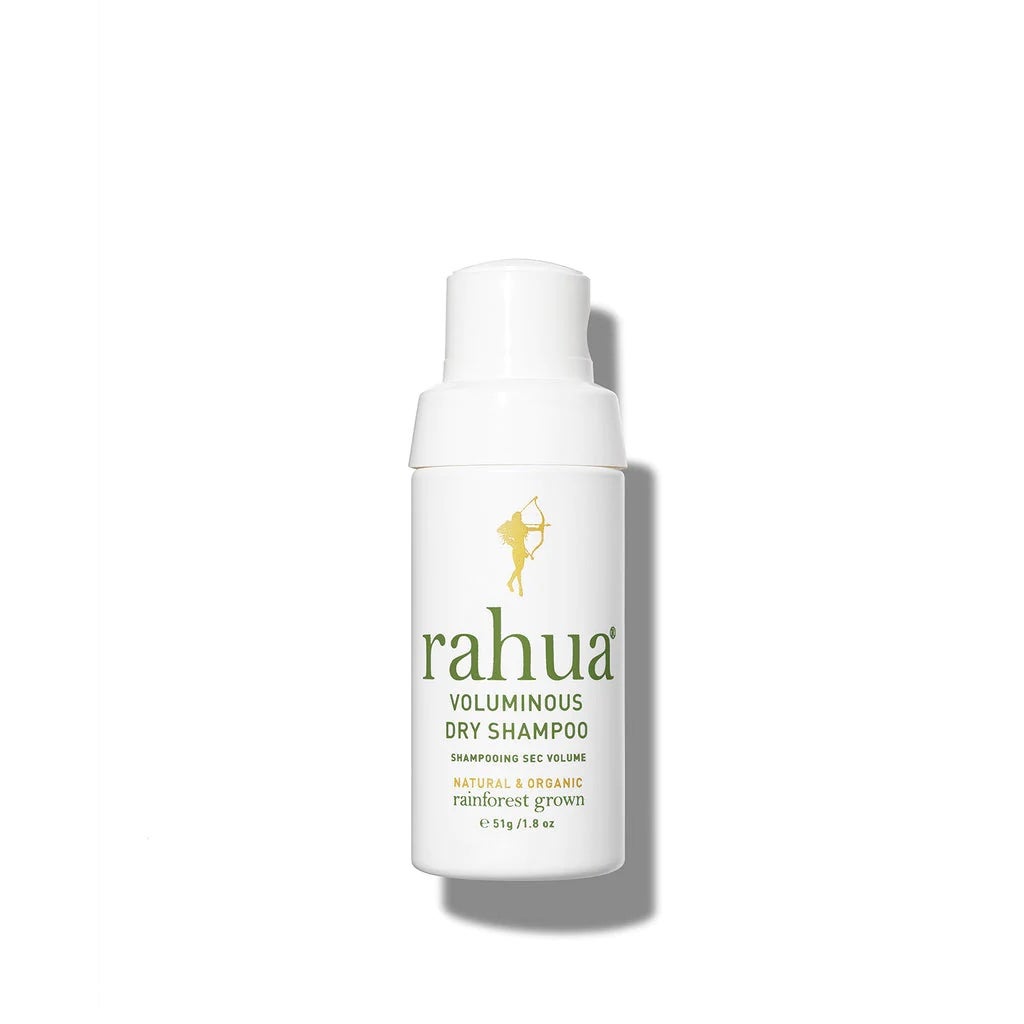7 Ways I’ve Made My Hair Routine Eco-Friendly (& How You Can Too)
Photo: Courtesy of Elizabeth Bennett
At Refinery29 Australia, we’re here to help you navigate this overwhelming world of stuff. All of our picks are independently selected and curated by the editorial team, but we may earn commission or other compensation from the links on this page.
The negative environmental impact is threefold. Firstly, the washing process uses significant amounts of both water and energy. Calculations by Eco Hair & Beauty suggest that washing your hair daily uses about 14,222 litres of water and 1,252 kWh of energy annually. This works out at a carbon footprint of 500 kg of carbon dioxide equivalents (CO₂e). That’s before you take into account the energy used by blow-drying or styling tools such as straighteners and curling tongs.
AdvertisementADVERTISEMENT
Your hair products themselves may also be harming the planet. "Daily products could be hiding plastic, petroleum or crude oil derivative-based ingredients that are often sourced using methods with a high carbon footprint," Olivia Crighton, founder of the sustainable salon Glasshouse, explains. This is something Anita Rice, cofounder of sustainable salons Ralph & Rice and Buller & Rice, elaborates on. "These also end up washed into our waterways and can be potentially harmful to marine life. Some hair products also contain palm oil which is known to cause widespread deforestation and the endangerment and extinction of many animal species."
Over the last few years, the world's plastic problem has become a topic that can no longer be ignored. The beauty industry is a major culprit, with Zero Waste Week reporting that 120 billion units of packaging are produced every year by the global cosmetics industry, the majority of which are not recyclable. Plus, beauty products that are recyclable often don’t end up in the right bin. Statistics from the Recycle Now campaign highlight that while 90% of kitchen waste is recycled, only 50% of bathroom waste is.
Hair product packaging is one of the trickiest to recycle efficiently. "Often intricate designs come with various different types of plastic in one single bottle which makes them more challenging to recycle correctly," Crighton explained. Aerosols, which are used throughout hair styling ranges, carry their own issues beyond the difficulties with waste.
"Even though ozone-depleting chemicals are currently being phased out, aerosols still contain hydrocarbons and compressed gases which contribute to global warming," Rice emphasised. In salon these problems are intensified, with hairdressing businesses using large quantities of hot water and energy for the washing and styling process. Other, often forgotten factors, such as use of washing machines for towels and single-use plastic for highlighting foils or protective capes, further increase their impact.
AdvertisementADVERTISEMENT
It’s not all doom and gloom, though, and there are some steps you can take to limit the impact of your hair routine. After chatting to the experts, I tried seven of them. Here’s how I got on.
Switch to sustainable products
Changing your product is a good first step and luckily the array of green hair brands is broadening. Brands such as Davines, Maria Nila, Briogeo, all operate sustainably in some way. While these brands all eschew single-use plastic, buying extra large sizes or opting into refill systems can help cut your waste further.
Skip the conditioner
Reducing time spent in the shower will decrease your hot water and energy use, and skipping the conditioner cuts this in half. Of course, this is easier said than done for some hair types, but luckily my short hair rarely gets tangled or matted. However, due to my lifelong love affair with blonde hair dye, it gets dry and brittle. I opt for a nourishing shampoo designed for coloured hair, such as Davines NOUNOU, and a leave-in conditioning serum, Davines MOMO Hair Potion. I use the shampoo as normal in the shower and apply a pea-sized amount of the serum in the ends of my hair while wet. Once dry, it feels particularly silky – more so than my usual shampoo and conditioner routine.
AdvertisementADVERTISEMENT
Brave a cold(er) shower
Okay, an entire cold shower isn’t feasible in winter, but a blast of cold water at the end can cut your energy use. Plucking up the courage to twist the tap is a weird mental battle but once I manage it, it’s certainly energising, albeit rather unpleasant. Cold shower fans are evangelical about its benefits for your well-being and, supposedly, your hair. But I’m not a convert yet and don’t notice any major difference in my hair.
Use planet-friendly tools
Unfortunately, the majority of combs and brushes are made from single-use plastic. While there’s no point replacing a tool that’s still in good nick, if you are in need of a new one, it’s worth investing in something that will eventually be recyclable. I tried a wooden brush made using natural materials and FSC certified wood in a factory where the leftover shavings are used to heat the manufacturing premises, so nothing goes to waste. It was excellent at detangling wet hair and smoothing frizz on dry hair. I’m sold.
Try an express blow-dry
All the experts I spoke to preached forgoing the hairdryer and embracing natural texture. I’m lucky that my short hair doesn't need much styling and dries pretty quickly, but in the depths of winter it’s not ideal to leave the house with it wet. To speed up this process and cut down on hairdryer time, I used an accelerating spray. This raised an eco dilemma, as sprays like these tend to come in aerosol cans. I spritz the Maria Nila Quick Dry Heat Spray, $43, into wet hair before blasting dry. The brand has green credentials such as recyclable packaging and manufacturing in a sustainable factory. This isn’t a rigorous scientific study but my hair seems to dry quicker. Maybe in about a third of the time it would normally take. I’m impressed.
AdvertisementADVERTISEMENT
Phase out washes
The easiest way to minimise your environmental impact is by washing your hair less often. While I’ve never washed my hair daily (I’m far too lazy), shorter hair can get greasy quicker, and I normally wash it about three times a week. For this experiment I stretched it to twice a week, which meant going three days without a wash. (The hygiene conscious among you will be pleased to know I did shower in this time.) To combat the grease that appeared by day three, I used the ultimate lazy hair solution: dry shampoo.
However, in order to commit fully to an eco-approved routine, this meant using an aerosol-free solution. Luckily Rahua, a 100% organic and sustainable Brazilian brand, delivered with their Voluminous Dry Shampoo, $53. The product comes with a recyclable eco-squeeze dispenser that you shake and squeeze to apply the fine powder onto your hair. It’s not as effective to apply and takes a little getting used to, but once I brush my hair through and give it a little shake it works a treat. It smells great and disappears quickly, leaving my hair feeling soft and lifted at the roots without any annoying grey residue. I whack on a hairband and I’m good to go. The only downside? It’s 10 times the price of your standard can. If it's a little out of your budget, try Klorane Eco-friendly Dry Shampoo with Oat Milk, $15.99.
AdvertisementADVERTISEMENT
Photo: Courtesy of Elizabeth Bennett
Book an eco-friendly cut
Shorter hair equals less maintenance and less impact, so I schedule in a chop. With hairdressers often having a large environmental impact, choosing one with stringent credentials is key when implementing a green routine. I visited Buller & Rice, whose salon is designed with the latest energy-efficient building materials, uses entirely eco products and offers a refill bar for customers. I have my hair cut into a bob and it’s shorter than ever before. It’s freeing in more ways than one but it makes my fortnight of trialling sustainable hair hacks much easier.
Want more? Get Refinery29 Australia’s best stories delivered to your inbox each week. Sign up here!
AdvertisementADVERTISEMENT











